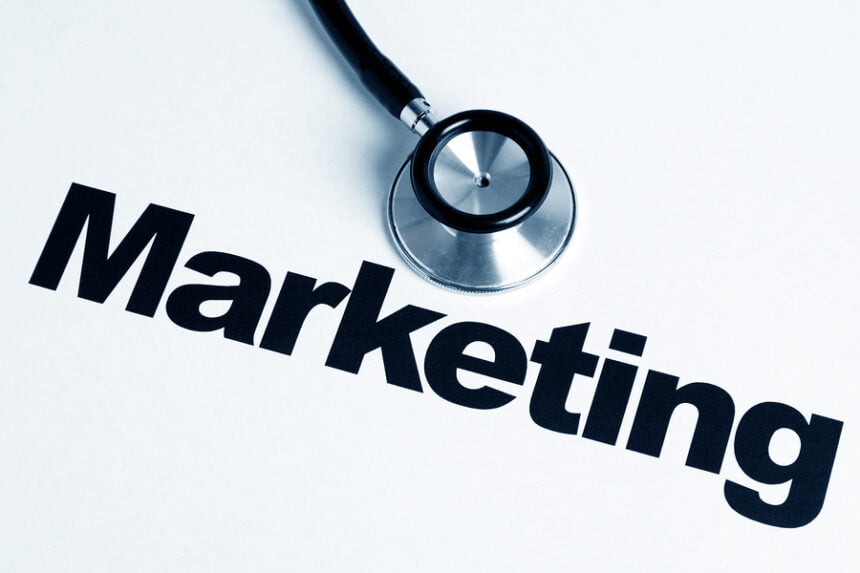Digital advertising, social media marketing, and mobile optimization were just a few of the trends that rocked the medical industry in 2016. Though 2016 was a rollercoaster of a year in many respects, consumer behavior, and expectations saw perhaps the most significant changes of all. In recent years, people have become increasingly comfortable using the internet to conduct their own research and make their own purchasing decisions. This has become especially true in the healthcare space. Let’s explore some of the key trends for medical marketers that developed over the course of the past year, and how they can maximize their success in 2017 and beyond.
Digital Advertising’s Importance Grew
At the beginning of the year, medical marketers were only allocating some 14% of their ad spend to digital channels, which represents a huge a missed opportunity — nearly one in 20 of Google’s two trillion annual searches are related to healthcare, and almost 25% of those searches are resolved by medical ads. What’s clear is that more and more patients are going online to conduct research and make important decisions about care; however, without a solid strategy in place for reaching those patients, they’re not going to see much of an uptick in terms of ROI. With the proper approach to keyword targeting and ad messaging, medical marketers can improve their outcomes by correlating their advertising strategy with patient intent throughout the path to treatment. In other words, it’s possible to leverage online search queries in order to identify an individual patient’s mindset and target only those patients who are more likely to convert. For example, a patient searching a more general keyword phrase like “varicose veins” may simply be looking for diagnostic information or support; conversely, a patient searching for a more action-oriented keyword phrase like “vein clinic in NYC” has likely reached the transactional stage and is, therefore, more likely to book an appointment. In addition to having a higher conversion rate, these kinds of long tail search queries are extremely specific to the services and specialties of your medical practice, which means more qualified traffic to your site. What’s more, the long-tail market is typically much less competitive than bidding on single keywords — for example, if you search “swollen ankle treatment” in Google, not a single ad appears at the top of the page.
Social Media Mattered
Today, more than 33% of adults use social media, and these platforms have been shown to drive nearly one-third of all traffic to websites. It’s important to remember, however, that not all social media outlets are created equally. People use Facebook, Instagram, Twitter, Snapchat, and other platforms for very different reasons, and understanding how to leverage each one is vital to your ongoing success. Moreover, what people are actually consuming on these platforms has changed over the course of the past year as well. Blog articles and other text-based content is being replaced by images and video. In fact, 51.9% of marketing professionals across industries agree that video content now delivers the best ROI of any media type. Importantly, live streaming tech has become an increasingly popular form of consumer engagement, and as platforms like Facebook Live and Twitter’s Periscope continue to improve, it’s likely we’ll see an increased emphasis on this technology in the healthcare space as we move into 2017.
Mobile Made Waves
Perhaps the most important development in 2016 was mobile technology’s domination of the consumer search market. Historically, mobile devices were reserved for minor decisions, like scheduling a taxi or buying shoes, but today the smartphone is a trusted research tool used to make huge healthcare decisions. In fact, some 62% of smartphone users use their phone to search for health-related information. In response to these developments, Google rolled out a new mobile-friendly algorithm that boosts the search ranking of sites that cater to mobile users. In other words, mobile users are now more likely to see mobile-friendly sites when they search, and savvy marketers who ensured that their landing pages were optimized for mobile have reaped the benefits. If you missed the boat on mobile optimization, fear not: Google has actually released a mobile-friendly test tool which can help your site get up to speed. Outside of mobile-friendly landing pages, more and more medical marketers have begun to make use of click-to-call (CTC) advertising in order to capitalize on this surge in mobile traffic while reducing potential friction during the patient path to treatment. CTC enables seamless, one-touch direct dialing, thereby maximizing the potential for conversion in each mobile search. Unsurprisingly, CTC ads boast an impressive conversion rate overall (as high as 24.6%). The point is, when it comes to medical marketing, the game has changed dramatically — and in a relatively short period of time. Evolving consumer preferences and habits, new digital advertising tactics, and emerging technologies have propelled us into a new era of marketing best practices. As we head into 2017, those looking to remain competitive will need to take a page of 2016’s book and prepare for even more disruption.

